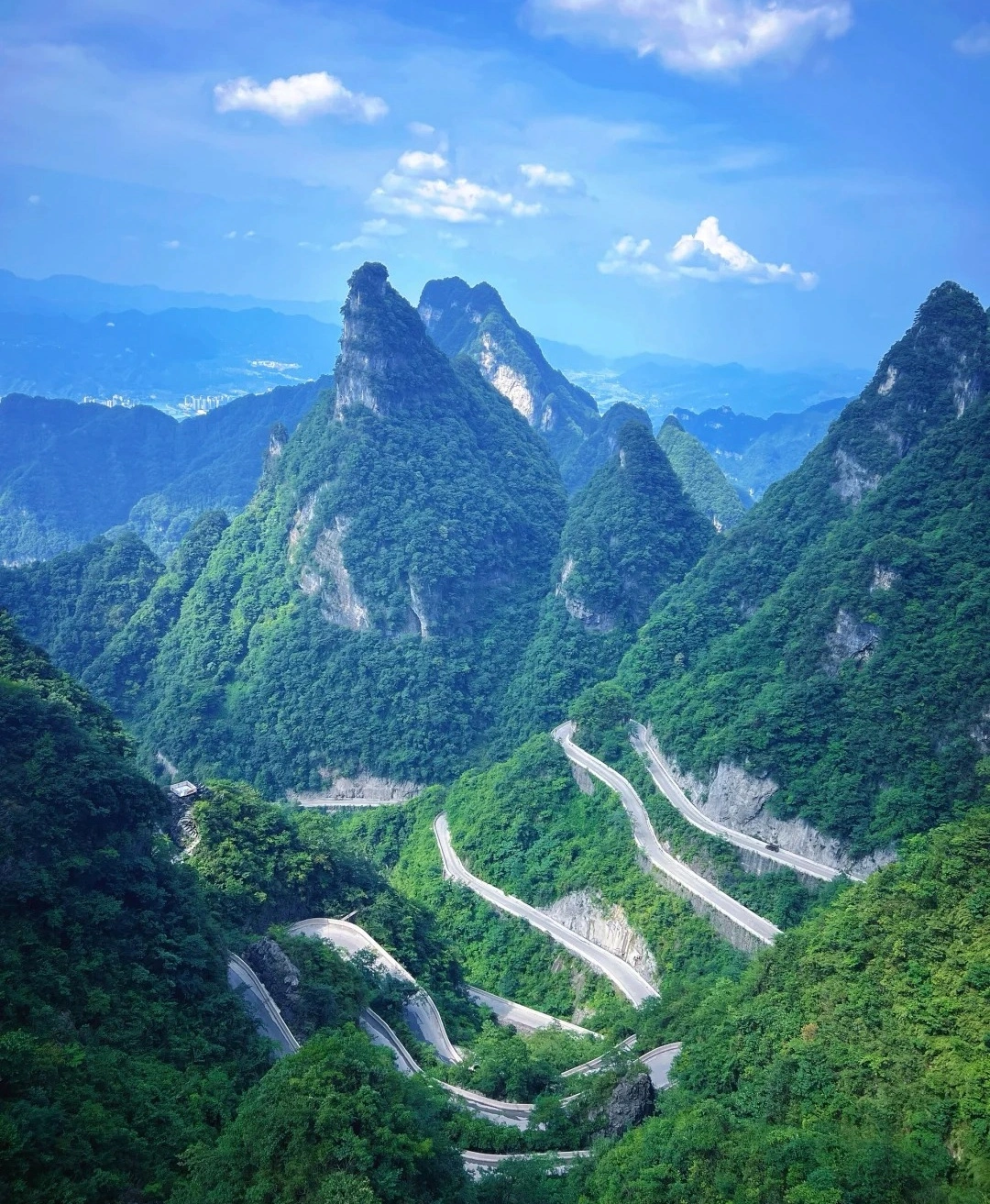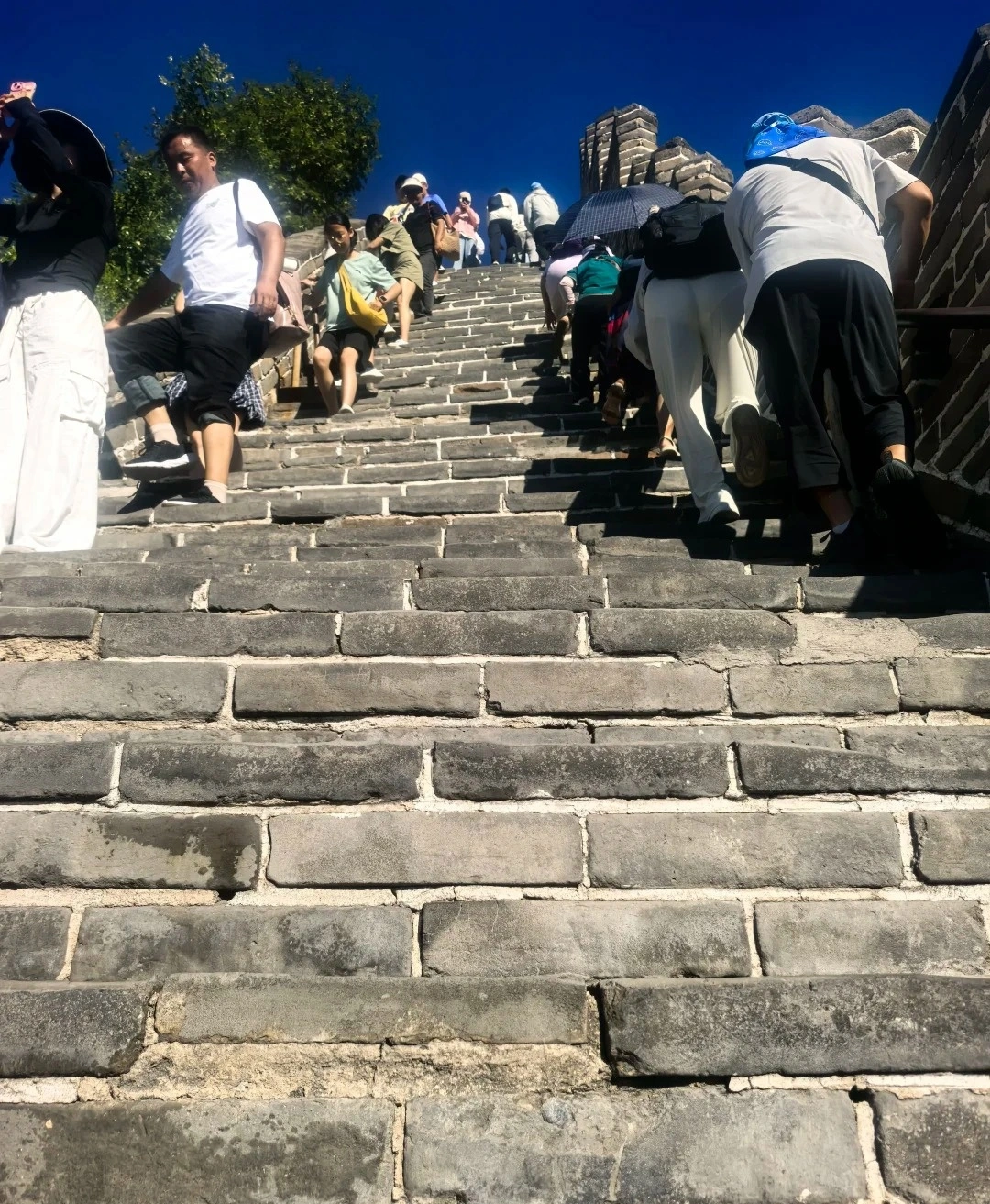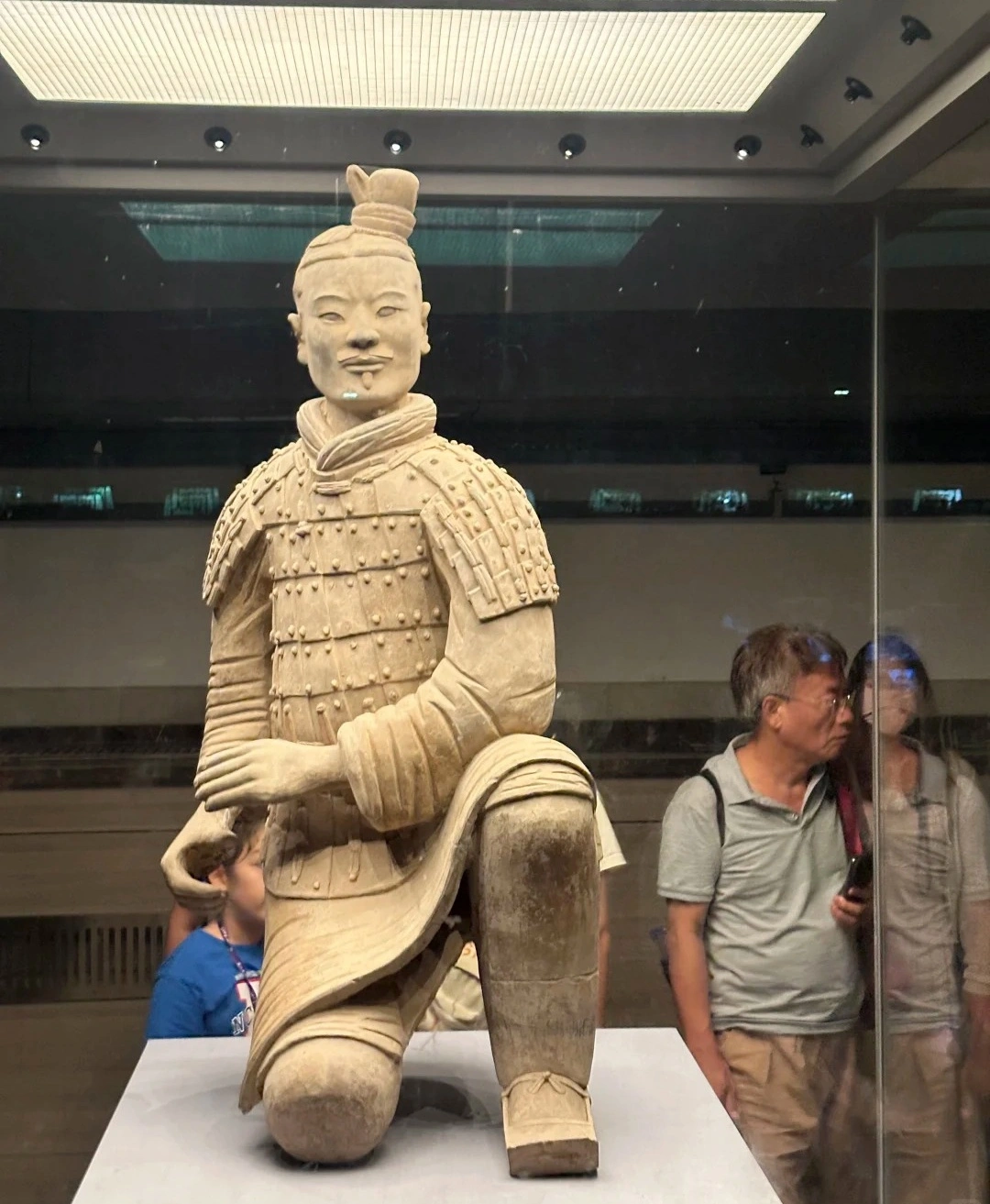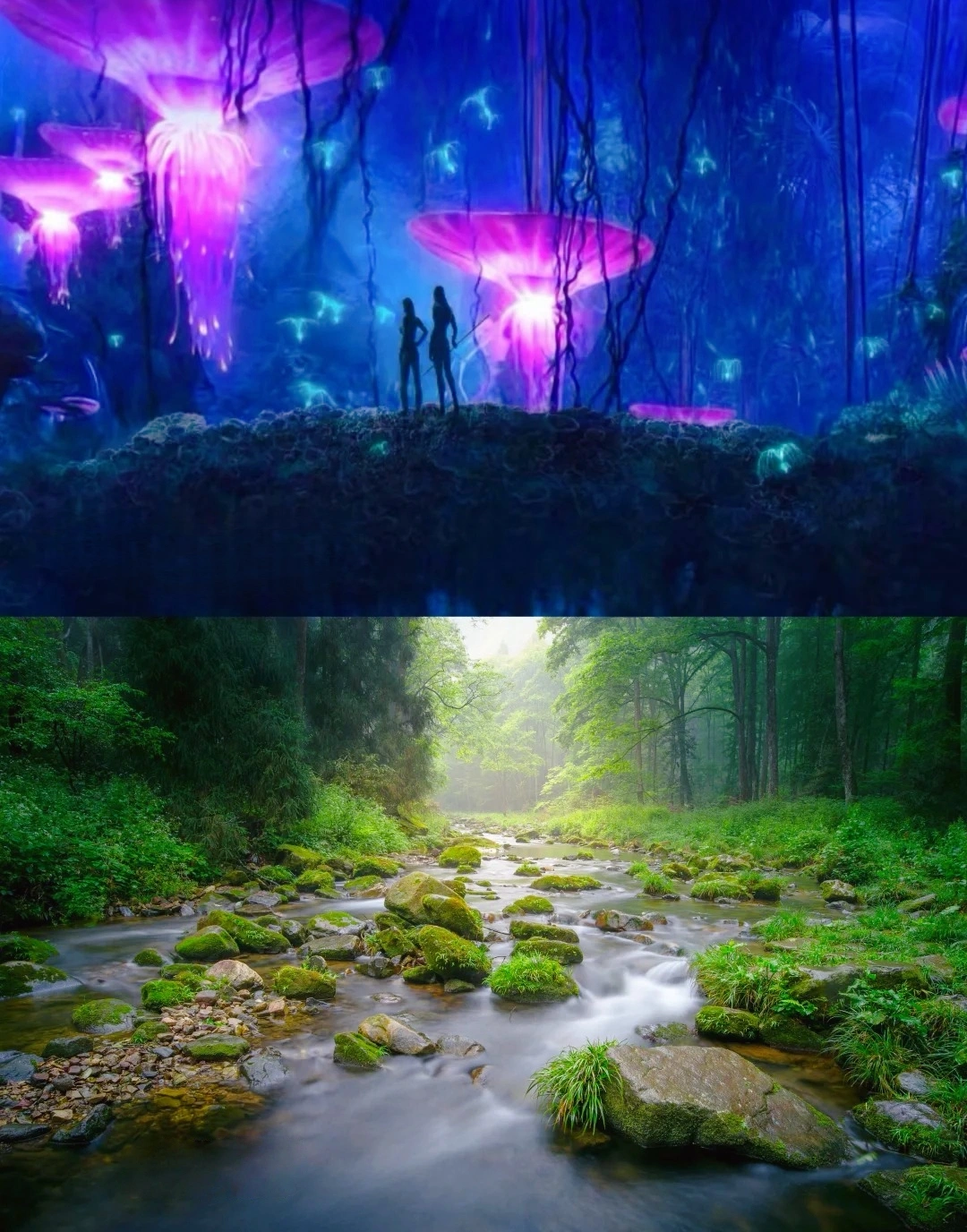Qilian Mountain Grassland: A Heavenly Tapestry of Nature and Culture in Northwest China
Nestled between the towering peaks of the Qilian Mountains and the arid expanses of the Gobi Desert, Qilian Mountain Grassland (祁连山大草原) is a breathtaking oasis that captivates travelers with its surreal landscapes, rich biodiversity, and timeless nomadic heritage. Spanning the border of Qinghai and Gansu provinces, this vast high-altitude grassland has earned its place as one of China’s Six Most Beautiful Grasslands, offering a serene escape into nature’s embrace.
A Geological and Ecological Marvel
Stretching across 1,972.5 square kilometers, Qilian Mountain Grassland lies at altitudes of 2,300–2,700 meters, where snow-capped peaks and glacial meltwaters nourish the land. The region’s unique topography—a mix of rolling hills, alpine meadows, and wetlands—creates a mosaic of ecosystems.
- Flora & Fauna: The grassland is home to 1,044 plant species, including rare alpine flowers like Saussurea involucrata (snow lotus). Wildlife thrives here, with sightings of snow leopards, Tibetan antelopes, wild horses, and golden eagles common.
- Water Systems: Meltwater from the Qilian glaciers feeds the Heihe, Shule, and Ejin rivers, sustaining agriculture and ancient oases like Dunhuang.
- Climate: Despite harsh winters, summers are mild and ideal for exploration. The phrase “June snow on Qilian” reflects the region’s unpredictable yet enchanting weather.
Cultural Heritage: Where Nomads Meet the Sky
For centuries, the Qilian Mountains have been sacred to nomadic tribes like the Yaoaoer (descendants of the Xiongnu) and Tibetans, who call the range “Tenggeridaban” (Sky Mountain). The grassland’s name, “Summer Tara” (Golden Pasture), echoes its role as a seasonal grazing ground for empires from the Huns to the Mongols.
- Nomadic Traditions: Visitors can witness traditional herding practices, stay in yurts (蒙古包), and savor local delicacies like yak yogurt and hand-pulled noodles.
- Historical Sites: Nearby attractions include Mogao Caves (UNESCO World Heritage) and Arou Temple, a serene Tibetan Buddhist monastery.
Unforgettable Experiences
- Horseback Riding: Gallop across emerald meadows with local herders as guides. Rides range from ¥50 (30-minute trot) to ¥200 (wild gallop).
- Photography Paradise: Capture golden-hour shots of prayer flags fluttering against snow peaks or mirror-like lakes reflecting the sky.
- Adventure Sports: Try sandboarding on nearby dunes, paragliding over the grassland, or hiking through alpine forests.
- Cultural Immersion: Join evening bonfires with Tibetan folk dances and traditional throat singing.
Practical Information for Travelers
- Location: G227 Highway, Qilian County, Haibei Prefecture, Qinghai Province.
- Getting There:
- Entry: Free admission (parking ¥10/day).
- Best Time to Visit: July–August (wildflowers in bloom). Avoid winter (heavy snowfall).
Where to Stay & Eat
- Luxury: Dunhuang Grand Hotel (5-star, rooftop stargazing).
- Budget: Qilian International Youth Hostel (¥80–150/night).
- Local Delights:
- Hand-Grabbed Mutton (鲜嫩羊肉) with garlic sauce.
- Yak Milk tea (酥油茶) and Fried Glutinous Rice Cakes (糌粑).
- Street-side grilled lamb skewers (¥3/stick).
Essential Tips
- Altitude Sickness: Acclimatize in Xining or Zhangye before ascending.
- Weather: Pack layers—sunny mornings can turn chilly by evening.
- Respect: Avoid touching prayer flags or stepping on sacred mounds.
- Sustainability: Follow “Leave No Trace” principles to protect this fragile ecosystem.
Why Qilian Mountain Grassland Is a Must-Visit
“Qilian is not just a landscape—it’s a living poem,” says Li Wei, a local guide. Here, the earth hums with ancient rhythms, where every blade of grass tells a story of survival and beauty. Whether you seek adventure, tranquility, or cultural depth, this “Heavenly Grassland” promises an unforgettable chapter in your travel journal.
Contact Us
What Our Clients Say?
Based on 10,000+ traveler reviews













